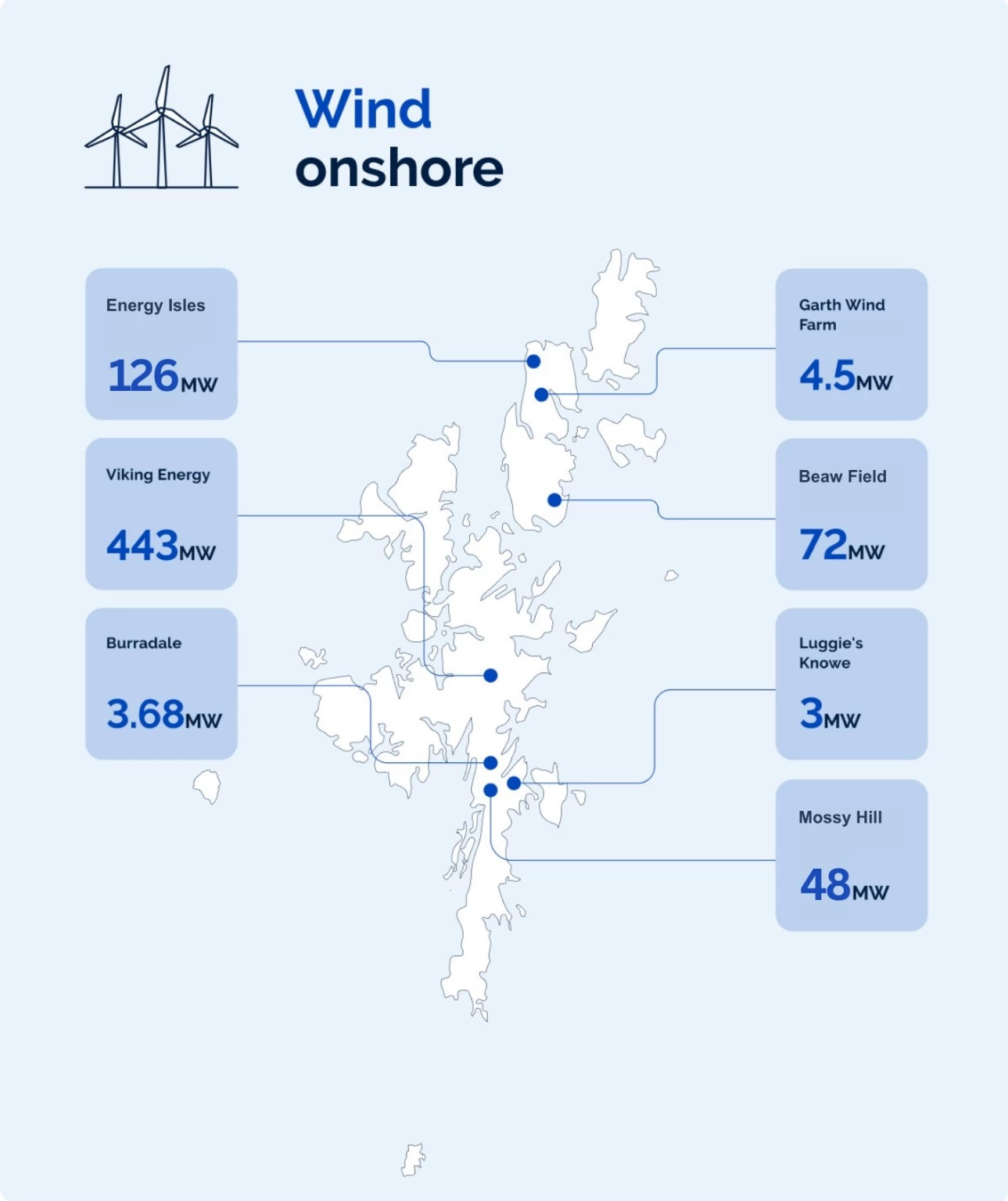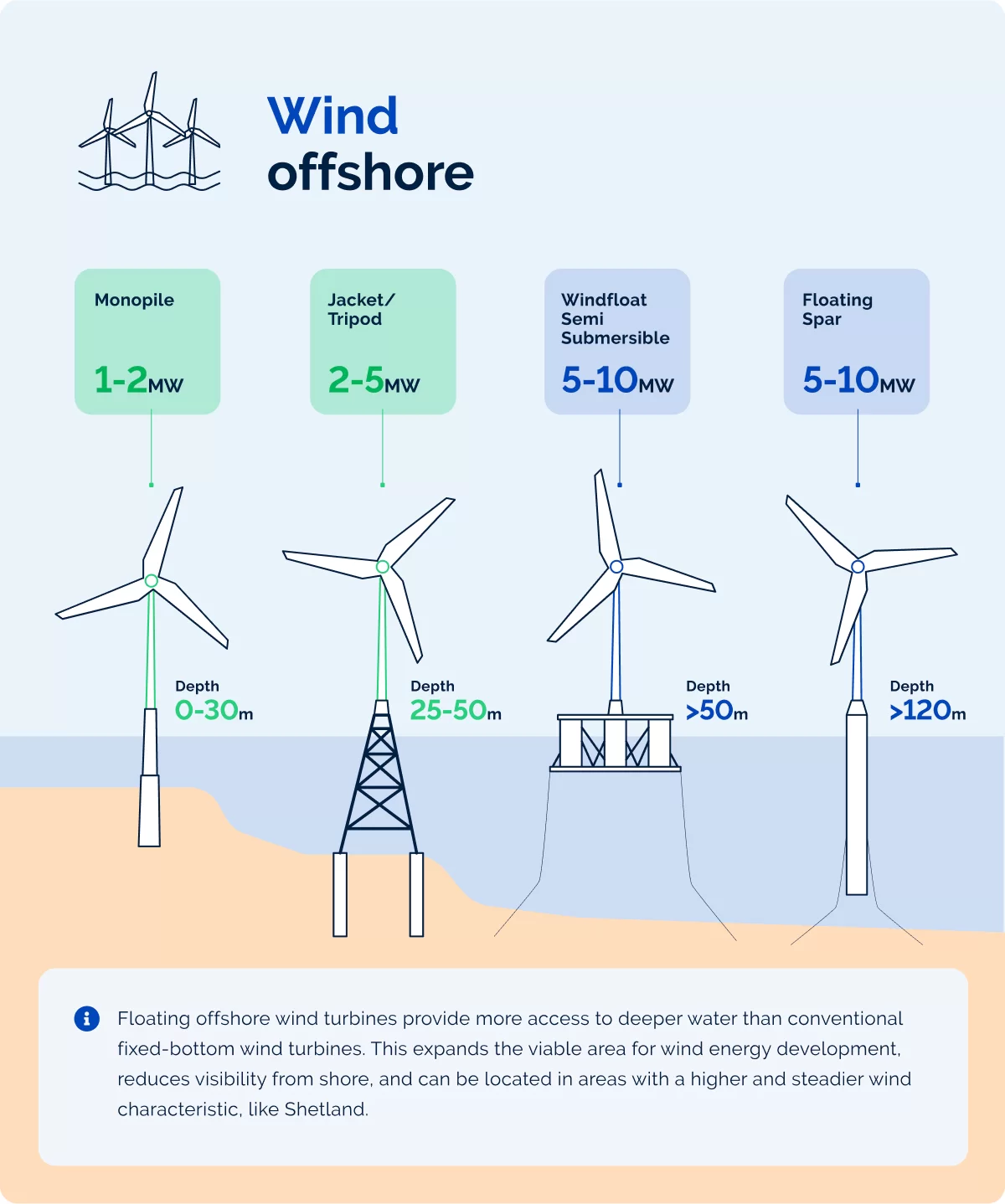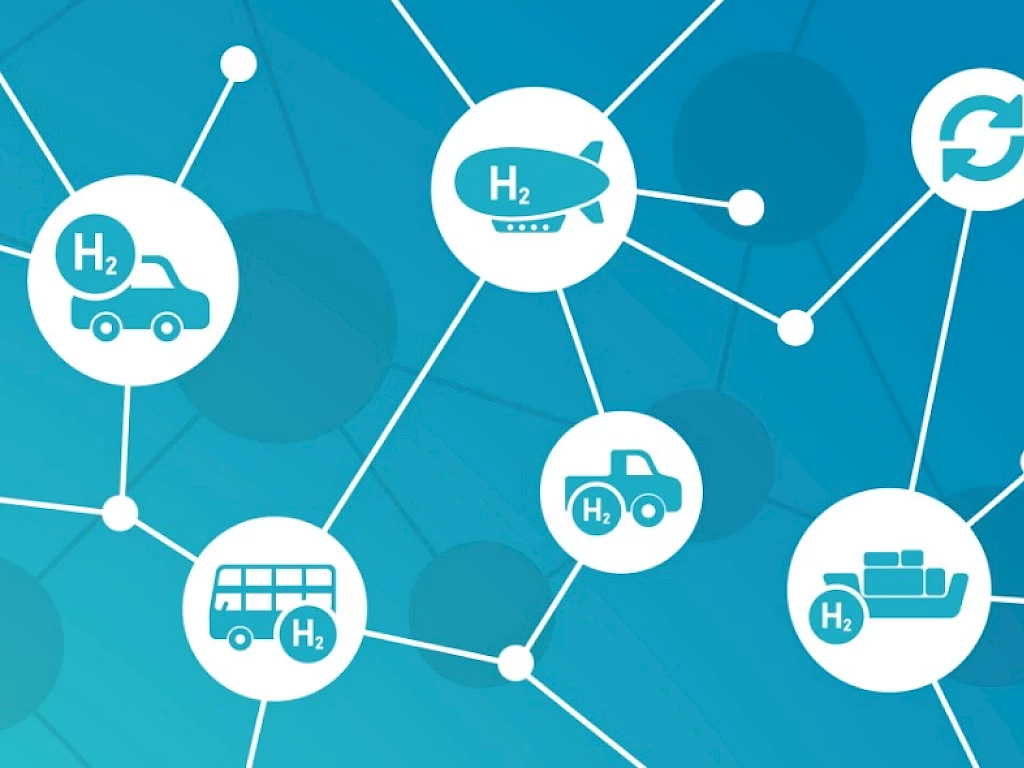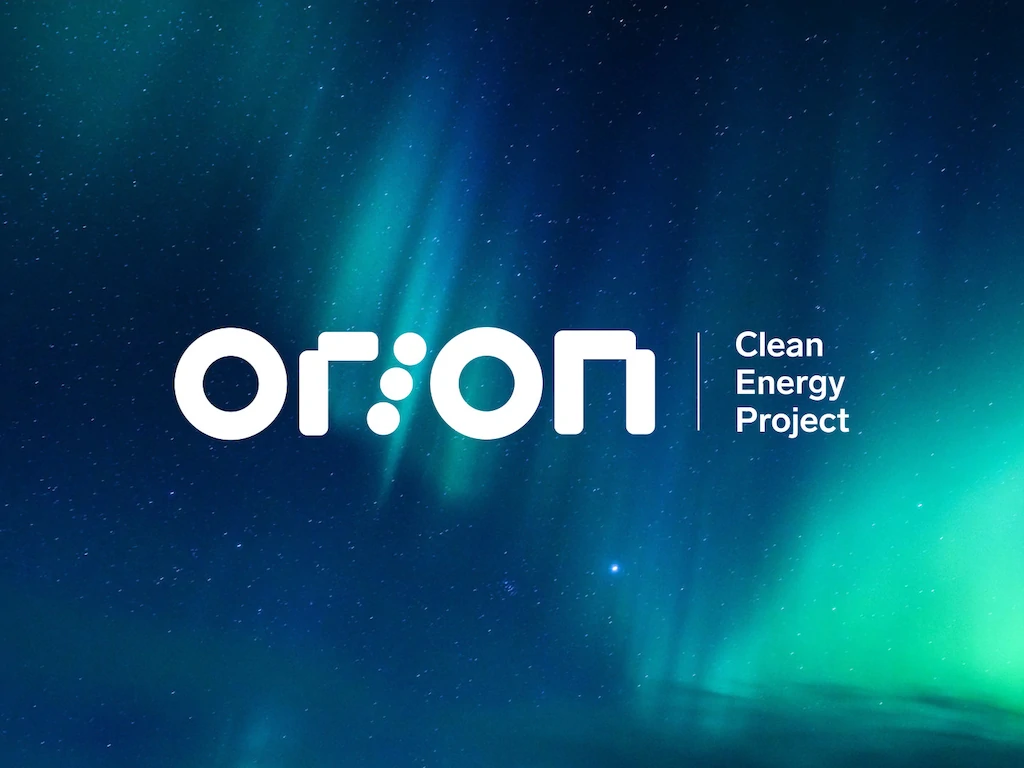Shetland’s wind potential is exceptional.
The islands are the windiest location in the UK with an average annual wind speed of 16.8mph.
Onshore wind in Shetland could have the capacity to generate up to 0.75 GW of power between 2024 and 2026. A proportion of that will be for domestic and business use in Shetland with the remainder exported to the Scottish mainland via a 0.6GW interconnector currently under construction or potentially used to electrify oil and gas installations and to produce green hydrogen.
- Burradale
Shetland is already home to world-leading wind farms with Burradale, operated by Shetland Aerogenerators since 2000, generating 3.68MW – enough to power more than 2,000 homes. With an average load factor of 52 per cent this makes Burradale the most productive wind farm in the world per unit of installed capacity.
Shetland Aerogenerators also operate the 3MW Luggie’s Knowe wind turbine on the outskirts of Lerwick, generating electricity for the local grid since 2015.
- Garth Wind Farm
The North Yell Development Council (NYDC) operate the 4.5MW Garth Wind Farm, commissioned in 2017. The five 900kW wind turbines generate clean electricity for the local grid, whilst reinvesting profit back into the local community.
A grid connection was achievable due to the NINES project allowing greater renewable capacity to serve Shetland’s electricity network.
- Viking Energy
The biggest onshore development already under way is the 103-turbine Viking Energy Wind Farm (VEWF), due to become operational in 2024/25.
Owned by SSE Renewables and costing around £710m it will become the UK’s most productive onshore wind farm in terms of annual electricity output – generating 443MW.
- Peel Energy
Peel Energy has plans to develop two wind farms, one at Beaw Field in Yell, providing 72MW output, and the second at Mossy Hill near Scalloway with 12 turbines providing 50 MW.
If successful in its Contract for Difference (CfD) bid towards the end of 2021 construction will start in 2022 with the base business case including a 132kV grid connection in April 2025.
- Energy Isles
A consortium of 50 local business partners and Norwegian energy developer Statkraft, Energy Isles proposes 19 turbines with 120 MW output in Yell.
Final planning permission will be sought during 2021 and, if successful, construction would start in 2024/2025 with a base business case grid connection in 2027.
Another factor worth mentioning is that when the supply of electricity generated from wind turbines exceeds the demand the turbines need to shut down until they are again needed which decreases efficiency. This “curtailed” wind could be used to generate hydrogen locally and/or be stored for later use and could be an important contributor to local micro-grid networks.
Offshore Wind
Offshore wind generation presents one of the greatest untapped potentials for Shetland.
With technology developing rapidly offshore floating wind could unlock huge potential to generate green hydrogen at industrial scale on Shetland for local use and for export.
The Sullom Voe region could be the centre where offshore wind energy is used to produce green hydrogen and hydrogen derivative fuels for local use and export.
Currently bids are being evaluated by Marine Scotland and Crown Estate Scotland for the East of Shetland NE1 block, which is part of the ScotWind round, with awards planned in early 2022. Marine Scotland has also opened consultation on an additional offshore wind round which will open in late 2022 for wind licences to the west and east of Shetland.
Benefits of floating wind farms near Shetland:
Tidal
Shetland is a global leader in tidal turbine technology with plans to scale-up production and spread knowledge around the world to deliver clean, predictable electricity generation.
Nova Innovation installed the world’s first offshore tidal array in Bluemull Sound in 2016 and the array’s capacity is being doubled to 6 turbines.
Nova has worked with Tesla to add energy storage to its tidal technology, creating the world’s first tidal power station to deliver baseload tidal power. Nova has also added a “water to wire” EV charge point in Yell, which now has the world’s first tidal-powered cars.
There is potential to expand tidal energy in Shetland and replicate its successes across Scotland, the UK, and worldwide.
Gas
Shetland is well positioned for utilising offshore natural gas to the east and west of the isles.
Existing pipelines connect offshore fields with Shetland Gas Plant and Sullom Voe Terminal. There are also existing connections with the UK Mainland with the SIRGE gas pipeline connecting Shetland with St Fergus.
This creates a key opportunity for the development of blue hydrogen.





